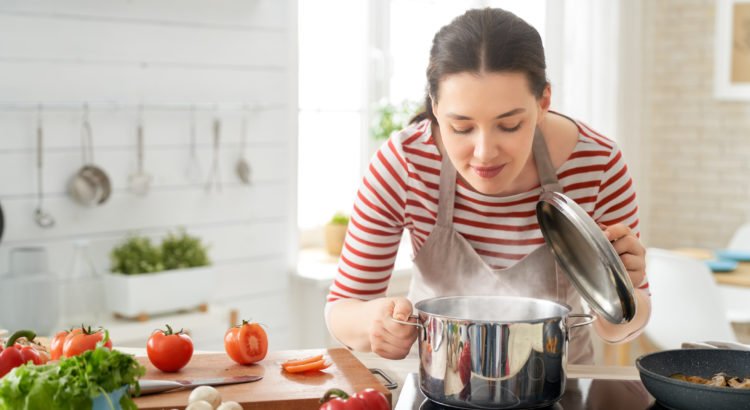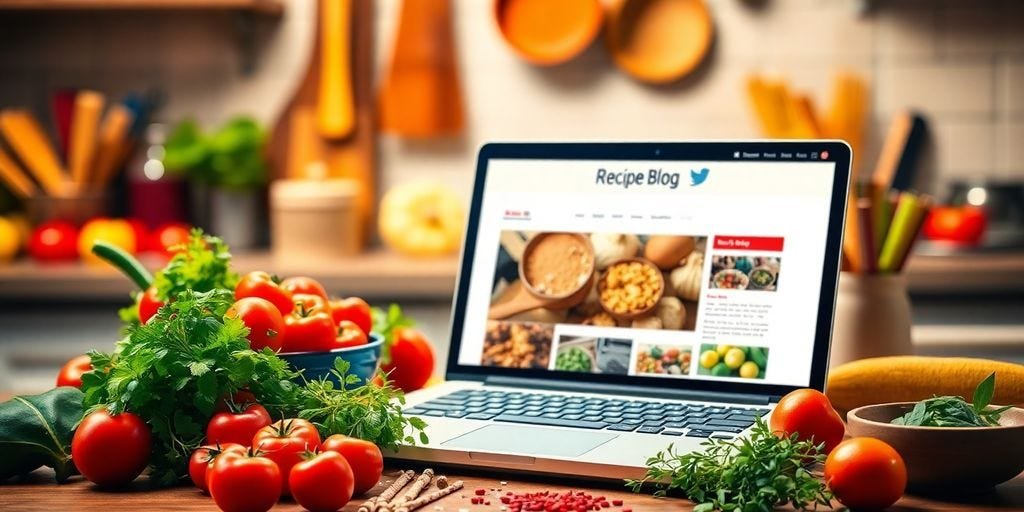Sizzling Science: Exploring Modern Cooking Techniques with Chemicals

Whether you’re a seasoned home cook or just starting your culinary journey, understanding how these chemical techniques work can elevate your cooking game to a whole new level. So, grab your apron, and let’s get cooking – science style!
The Science Behind Cooking
Before we get into the nitty-gritty of specific techniques, let’s talk a bit about the science behind cooking. Cooking, at its core, is chemistry. When you heat food, mix ingredients, or even chop vegetables, you’re triggering chemical reactions. These reactions change the structure, flavor, and appearance of the food.
- Heat and Protein: When you cook meat, heat causes the proteins to denature, meaning they unravel and form new structures. This is why your steak changes color and texture when you grill it.
- Caramelization: Ever wondered why onions get sweet when you cook them? That’s caramelization at work – a chemical reaction that occurs when sugar is heated, creating complex flavors and a brown color.
Understanding these basics can help you appreciate the more advanced cooking techniques that use chemicals to create culinary magic!
Spherification: Turning Liquids Into Caviar
One of the most intriguing cooking techniques with chemicals is spherification. This process involves turning liquids into small, gel-like spheres that resemble caviar. Sounds fancy, right? Here’s how it works:
The Process
- Ingredients: Sodium alginate (a thickening agent derived from seaweed) and calcium chloride (a salt solution).
- Method: You mix the sodium alginate with your chosen liquid – say, fruit juice. Then, you drop this mixture into a calcium chloride bath. The calcium ions cause the alginate to gel around the liquid, forming a delicate sphere.
These little pearls burst into your mouth, releasing an explosion of flavor. You can use this technique to create anything from raspberry spheres for a dessert to olive oil caviar to top a savory dish.
Molecular Gastronomy: Creating Edible Foams
Molecular gastronomy has taken the culinary world by storm, and one of its most iconic techniques is creating edible foams. These airy concoctions add a playful texture and intense flavor to dishes.
The Process
- Ingredients: Soy lecithin (a natural emulsifier) and your chosen liquid (like a flavored broth or fruit juice).
- Method: Mix soy lecithin with the liquid and use an immersion blender to whip air into it. The lecithin helps stabilize the air bubbles, creating a light, frothy foam.
Edible foams can be savory or sweet, adding a modern twist to traditional dishes. Imagine a tangy lemon foam on top of a fish dish or a rich chocolate foam crowning a decadent dessert!
Sous Vide: Precision Cooking with a Chemical Edge
Sous vide, which means “under vacuum” in French, is a cooking technique that involves vacuum-sealing food and cooking it in a water bath at a precise, low temperature. While it may not involve flashy chemicals like spherification or foams, sous vide relies on chemical principles to achieve perfect results every time.
The Process
- Ingredients: No fancy chemicals here, just food, a vacuum sealer, and a water bath.
- Method: Season your food, vacuum-seal it, and place it in a water bath set to your desired temperature. Since the food cooks slowly and evenly, the chemical reactions (like protein denaturation) happen gradually, resulting in incredibly tender, flavorful dishes.
Sous vide is perfect for everything from steaks to vegetables, allowing you to cook with precision and consistency.
Emulsification: Blending Oil and Water
Emulsification is a technique that combines two liquids that don’t typically mix – like oil and water – into a stable mixture. This process is essential in creating smooth, creamy sauces and dressings.
The Process
- Ingredients: An emulsifier (like egg yolks or mustard) and two liquids (such as oil and vinegar).
- Method: Whisk the emulsifier into one of the liquids, then slowly add the second liquid while continuing to whisk. The emulsifier stabilizes the mixture, preventing the liquids from separating.
Think of mayonnaise or hollandaise sauce – both are classic examples of emulsification in action. Without the chemical magic of emulsification, these beloved sauces would be impossible to achieve.
Qualification: Turning Liquids Into Gels
Gelification is another fascinating technique that transforms liquids into solid, jelly-like textures. This process is commonly used in molecular gastronomy to create unique, visually striking dishes.
The Process
- Ingredients: Agar-agar (a gelatinous substance derived from seaweed) or gelatin.
- Method: Dissolve the gelling agent in a liquid and heat the mixture. Once it cools, the liquid will set into a gel.
You can use gamification to create everything from fruit gels to savory aspics. It’s a fun way to add an unexpected texture to your dishes, making your meals not just tasty, but visually impressive as well.
Frequently Asked Questions (FAQs)
Q: Are these cooking techniques with chemicals safe?
A: Absolutely! The chemicals used in these techniques, like sodium alginate and soy lecithin, are food-grade and safe for consumption. They’re commonly used in the food industry and approved by health authorities.
Q: Can I try these techniques at home?
A: Yes, many of these techniques are accessible to home cooks, though some may require special equipment like a sous vide machine or an immersion blender. It’s a great way to experiment and impress your guests!
Q: Do these techniques change the flavor of the food?
A: They can enhance the flavor by adding new textures or concentrating flavors, but they don’t typically alter the natural taste of the ingredients. For example, spherification allows you to experience a burst of flavor, while sous vide helps retain the food’s natural juices.
Q: Is molecular gastronomy just a fad?
A: Not at all! While it gained popularity as a trend, many of these techniques have become staples in modern cooking, blending science and art to create unforgettable culinary experiences.
Conclusion
Cooking techniques with chemicals aren’t just for fancy restaurants or mad scientists. They’re a gateway to a world where creativity meets science, allowing you to push the boundaries of traditional cooking. Whether you’re transforming liquids into caviar-like spheres with spherification, whipping up a light and airy foam with molecular gastronomy, or perfecting the art of sous vide, these techniques offer endless possibilities.
So, next time you’re in the kitchen, why not try adding a bit of scientific flair to your cooking? You might just discover a new favorite dish – and impress a few friends along the way! Happy cooking!



